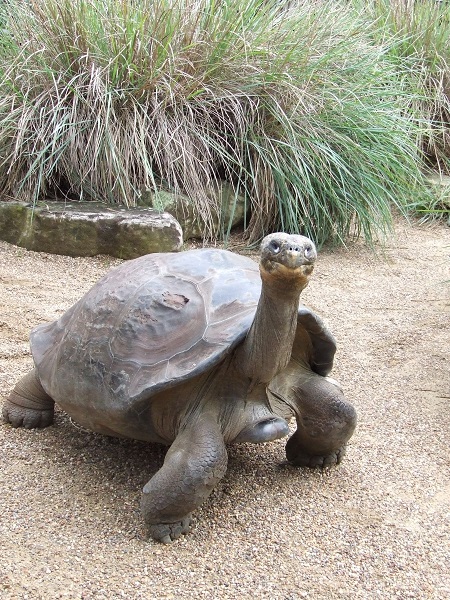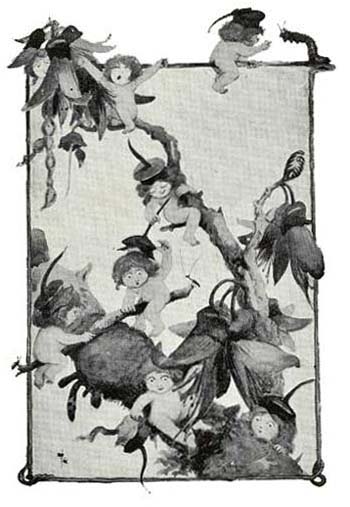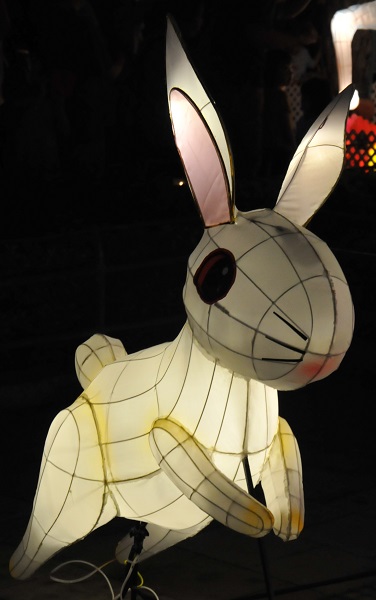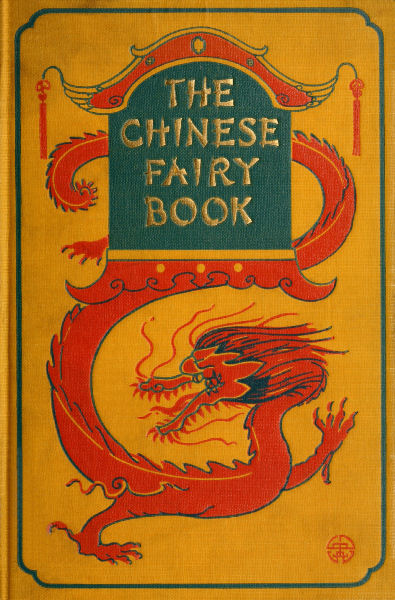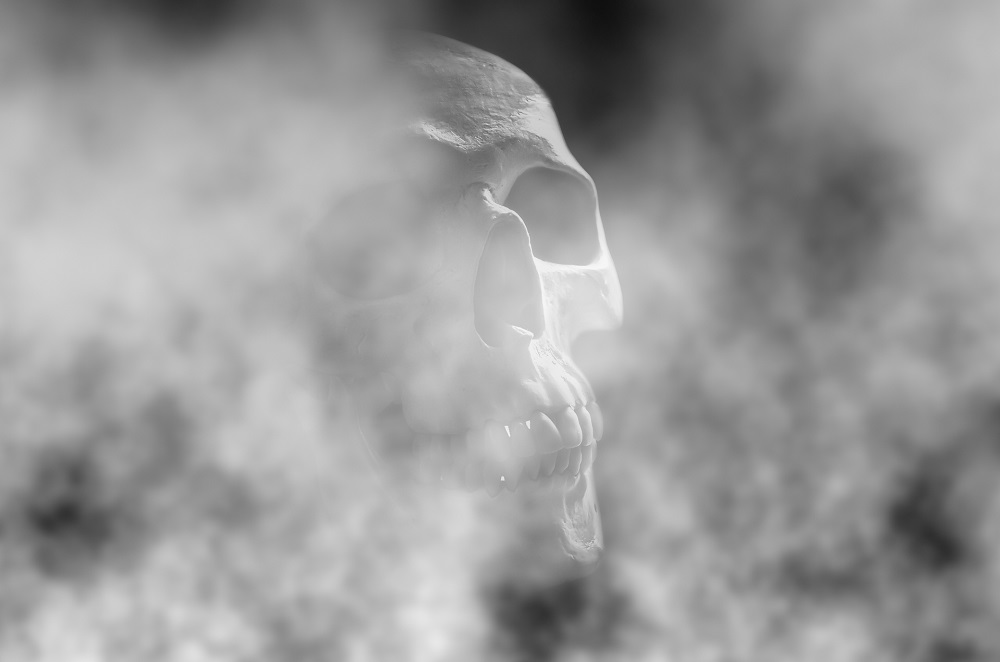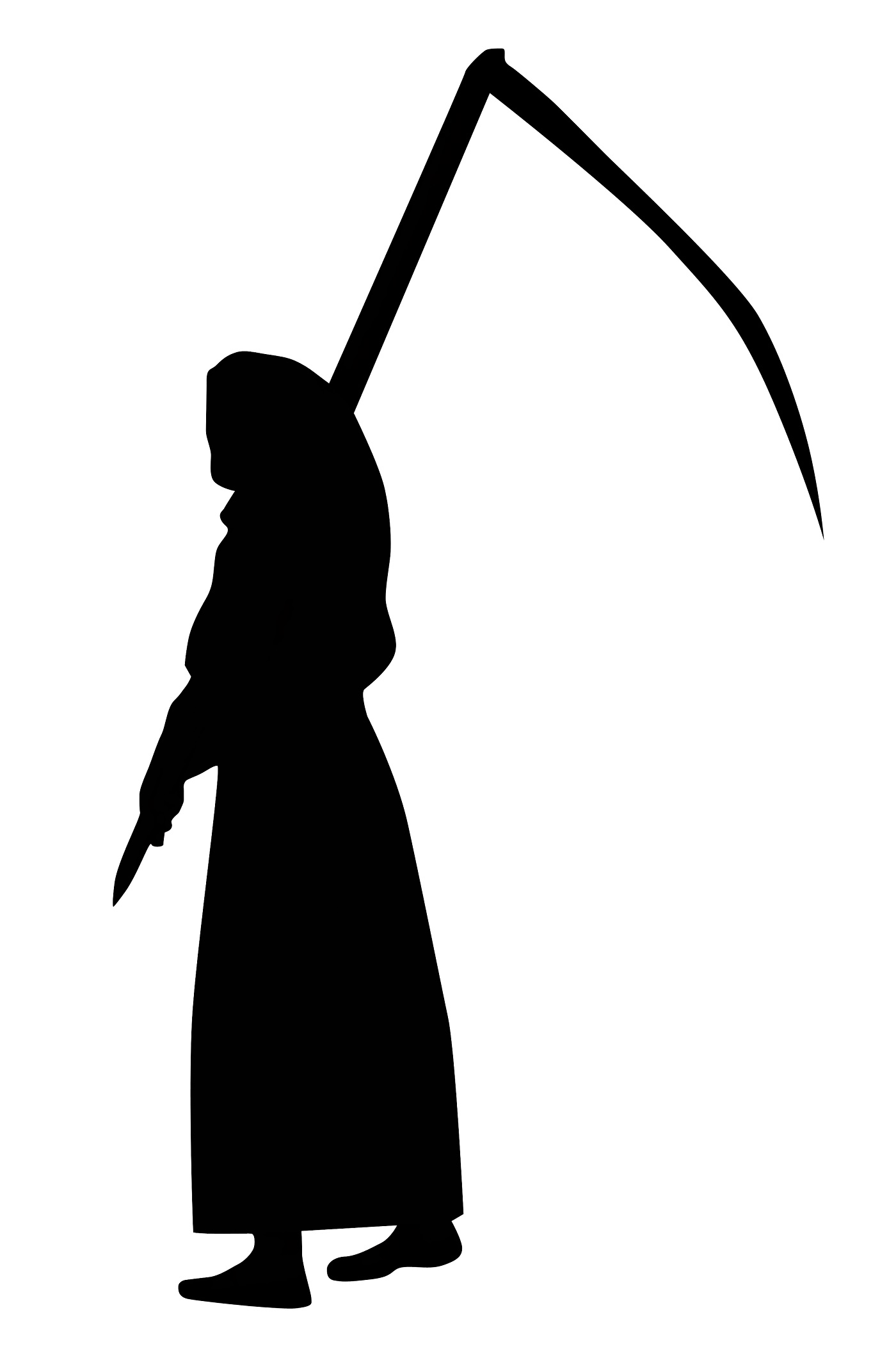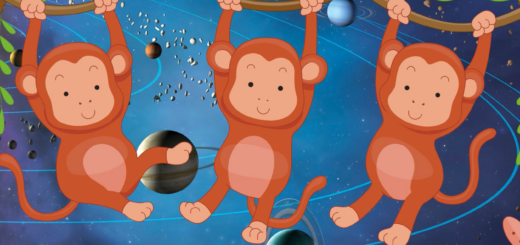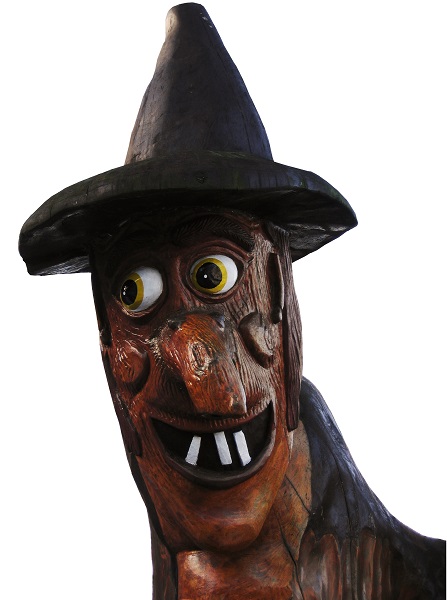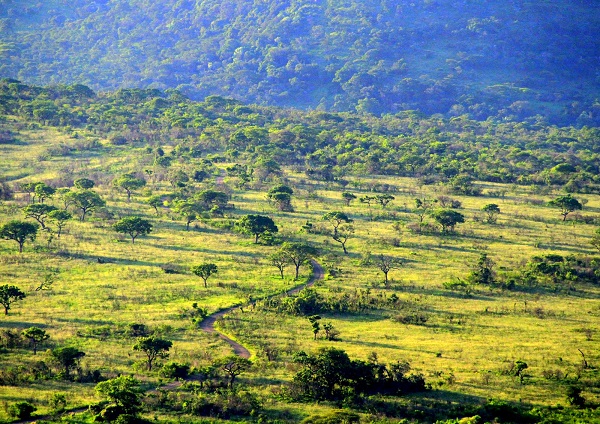THE FLOOD (Australian Legends) by C. W. Peck
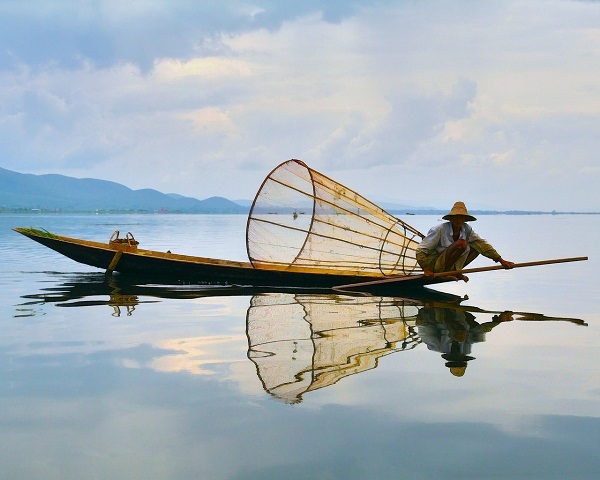
The natives of the head waters of the Murray River, or as it is more correctly called, the Hume River, had a story of a Deluge. Whether this is identical with our Biblical story of the Flood, when Sisit, or Noah, was advised to build an Ark and take animals into it for the preservation of himself by providing his meat foods, and with the New Zealand Maori’s account of a Flood that covered the whole world, is not clear. Our aborigines had no idea of so extensive a submersion of the Earth as that.
But they did say that water covered a very great extent of country, and all were drowned but two people. It was timed to be in what the Central Australian natives call vaguely “the Alcheringa,” and by that they meant that they did not know when nor where, but from it was born a separate race of human kind. The word “Alcheringa” was never used except when at the time and from the happening an ancestor was brought into being.
The worship of the blacks was always ancestor worship. They believed in many gods, and one God would and did make other gods. They had no conception of one God only. All. gods were equal, and came at the “Alcheringa” period or era. Since that era there have been no gods born, they said, and they did not expect any. There was, in their belief, no “Second Coming.”
There was to be a betrothal.
A boy of a certain family group was, when he grew up, to be the husband of a woman of another family group belonging to another tribe or race.
But no one could fix upon any girl. All the girl babies that were born were closely examined by the old priest of the boy’s family group, but none could he see of which he could say that it was the one he was looking for. Meanwhile the boy was growing up, and the time drew near when he was to be taught in the proper school or corroboree what it was right for him to know. And he was proving to be a very fine type of boy. He outshone all the others in looks and build and feats of boy-strength.
Now it happened that there was one article of food that he was not permitted to eat. That was the fruit of the Styphelia triflora-a sort of five-corner. The Astroloma pinifolium, which is something like the Styphelia, he could eat, and he was very fond of it. He gathered it in plenty, and he pounded it and mixed the flour of it with water from the river, and when he had made a cake of it he roasted it upon the embers of the fires that were left by his mother.
In his searching for his favourite fruit he travelled far, for he came over the range to the coast, and there he fell in with another tribe. With them he travelled north, and must have penetrated into the district of Illawarra, which is the most beautiful part of Australia, and has been called the “Garden of New South Wales.” The pity is that another part has filched for land-booming purposes, the beautiful aboriginal name of “Illawarra,” and applied it to a part that has no claim to be called a garden, and the people of Illawarra have allowed it, and have become content to call their district “The South Coast,” which it in turn has no claim to.
Here he found the Achras australe or Brush Apple. This was not his totem, but he did not know that, and with the rest of the people he ate it. Immediately he was seized with a longing to taste the Styphelia triflora’s fruit and he set out to find the way back to his own people. He crossed the Shoalhaven River and journeyed night and day down the coast. All the people whom he met were very friendly and would have made him welcome with them, but he did not stay. They saw his fine proportions and superior bearing, and in their ignorance and superstition they soon accounted for his appearance by crediting him with supernatural powers.
He passed right on under the Pigeon House which was, years and years afterwards, noticed by Captain Cook, and over what we know as the Clyde River, and then he headed up amongst the huge mountains and tremendous gorges, on and on, until he espied the familiar peaks of his own country. He could then look away to the west. In the distance on his left hand he saw the bold, snow-covered peaks and crags of our Mount Kosciusko, which is the highest peak in Australia. This youth of the time of the Alcheringa had grown, during his travels, into a young man, and yet he had had no chance to be initiated into the secrets and mysteries of his station.
While journeying on the great heights of the mountains he chanced upon a certain cave. There were no people near that he could see, and yet in it he found a bundle of spears and boomerangs, and other implements. He chose one of the best of the spears and stood gazing upon it, for it was of very fine workmanship. The head was of a material he had never seen before. It was white and shining, and its point and barbs were very sharp and extremely hard. He believed it to be made of a stone that did not exist anywhere in the country that he knew of. In this he was right for its presence there was the result of a wonderful system of barter that was practised in those days. Natives of the coast, especially those whose ancestor was responsible for the existence of the Livistona Palms, traded the heart of the palm for the hard quartzite of the far-distant districts. They sent the white, nutty heart of the palm through the various family groups and tribes until it reached those who had the coveted spearheads, and by the same manner of conveyance the spearheads reached the man who obtained the other article. Sometimes it took many months for the exchange to be completed, but in no instance was any unfair dealing resorted to.
Suddenly the young aborigine dropped the spear back on the bundle. It was not his. Though he had never been to school he knew that it was wrong to take it. He left the cave, and rounding a cliff he saw another. In it were sticks of a different pattern. But they were, all but one, wrapped up in bark and tied round with rushes. The one was lying uncovered and enclosed in the bones of a human hand. The skeleton lay near. Someone had been handling the stick, and in handling it died. The youth was afraid. He turned about in the cave and looked out. His quick eyes were keen in their glance, and there down below him he saw a native peering from behind a eucalyptus tree.
This native chanced to be the rainmaker of his particular tribe. He had been preparing the ground for the rainmaking ceremony. He had seen the youth. No action of his was missed. And the rainmaker was pleased. He made friendly signs and then he came to the cave. In one side of it was a deposit of red ochre. The rainmaker got some of that, and taking a short piece of waratah stick from his hair in which it was concealed he smeared it with red ochre. Then he “sang” it.
This was a strange sight to the youth. He knew nothing of ceremony. He gazed in wonder at the rainmaker, who saw that he was uninitiated.
Then the rainmaker did wrong. He was so overjoyed to find so fine and comely a youth quite ignorant of the arts and magic of great people that his vanity became overpowering, and he danced and sang in his delight. As he danced he gave way to such an exultation that he jumped amongst the bones of the skeleton and he disturbed the piece of wood and turned it over. Then he saw that it had strange markings and many hieroglyphics. He bent down and seized it and swung it in the air and tossed it from hand to hand.
He kept this up until he was exhausted, and then he sat down and examined what he had picked up. There were marks on it that he understood. It was the sacred stick of the rainmaker of thousands of years before. So he “sang” that too.
To “sing” anything was to utter incantations or prayers while looking at it, and that praying was supposed to give the article or the ancestor who caused it to come into being the power to bring about a certain wished-for result. Of course there was much more to be done than just to pray. There were mostly many ceremonies to be gone through, and as many as twelve months were required in which to complete some, what may be termed, services.
He poised the stick upon his open palm, and marching round the cave like Germans doing the goose-step, he balanced it first on the middle of his palm, and then worked it along to the tip of his index finger, then back and up his forearm, and again to his palm. All the time he was doing this he was uttering a chant. It was a prayer to the ancestor of his family group, who fell from heaven in a rain and entered the side of a mountain not far away.
Then he asked the youth to accompany him to the site that he had marked out as the church where he was to begin the ceremony that would cause rain.
From this point smoke could be seen curling its wisps up through the eucalyptus trees where the remainder of the group-people awaited the call of the rainmaker.
Putting his hands to his mouth he coo-eed.
This was answered from below.
Then he called and told his people to come up, intimating that if all did not come he would make rain that would never stop and all the creeks would become swollen, tearing, smashing, crashing torrents of destruction, and all the rocks would tumble down and the great mountains would be washed level: and Mount Kosciusko would shed its mantle of snow and everybody would be killed or drowned but him. He would cause the sacred stick to grow into a great tree that would reach up to heaven, and he only would be able to climb it and thus reach where the flood did not come.
Then he told them that he would not like to cause the death of the stranger that was with him. But he would make the stranger as his son.
Then someone asked what stranger he meant.
So he told the youth to go down to the people and show himself.
On the way there were some Styphelias. The youth plucked the berries and crushed them and ate them. From that moment his eyes were opened. He saw evil as well as good. The evil seemed best.
Now amongst the people there was a maiden who brushed close to the youth as he walked. And she, too, was eating styphelias. The youth offered her some of what he had, and they stopped to eat together. The rest went on up to the church, and already the rainmaker had begun the service.
He had marked himself with the red ochre and he held the sacred stick that he got in the cave. He had no idea but that the youth he had met was somewhere with the people and was seeing for the first time the sacred service or ceremony or corroboree or whatever we like to call it. So he put far more vim into it than he otherwise would have done. He told of the sacred stick that he had, and the more he talked the more excited he grew. He even went so far as to say that the strange youth was brought by him into the cave and that henceforth he would be of great service in assisting to bring rain.
Then he asked that the youth come forward.
There was no answer.
He called in a loud voice and the people looked all around. The women and children who were sitting some distance back from the men also looked all about. There was no sign of the strange youth and no sign either of one of the maidens of the tribe.
They told the rainmaker.
He became very angry. He made one more appeal to the rain ancestor to send rain down and then he brought the proceedings to a close. He erased all the marks that he had drawn on the ground. He rubbed all the drawings from his body. At last he threw the sacred stick with such force to the ground that it was smashed to pieces, and he ordered the men to scatter through the forest and into the gullies and about the rocky hillsides until the youth and maiden were found.
He asked the advice, however, of the chief, and the old warrior gave him permission to order as he would. He must, however, not go himself, for the chief was afraid of his magic and he wanted to stay beside him until the rain came.
Then from out the place where the broken sacred stick was flung a river gushed. It poured down amongst the women and children. The strong sun drew much of it up into the sky and clouds were quickly formed. They turned to rain, and so water was pouring out from the earth and out from the sky. Big trees were being washed out by the roots, and great rocks began to fall and to hurtle down the slopes. The whole mountain soon became a crashing mass of trees and shifting boulders and earth slides, and the valleys were being filled with water and dêbris. All the sacred sticks were washed out of the cave and were whirled about in the water with the trees and all the other wrack.
This went on until not a mountain top could be seen, and every tree was either covered with water or was felled.
Every tree save one.
One tree showed up above the whole flood.
And in its branches were four people.
The rainmaker was one. The strange youth and the girl who ate styphelia berries with him were there, and so, too, was the old priest of the boy’s own tribe who had been searching for the girl to be betrothed to him.
This old man was the only person on earth now who could say whether or not the youth and the girl were to be man and wife. Up there on the tree-tops he bade them to do nothing that would bring upon them the wrath of the magic that lay all around and about the world.
But what troubled them most was how to send the waters all away so that they could come down and eat and live. Somehow it was known that the boy had eaten of the forbidden styphelia fruit and he had to be purged of it.
So they tried all ways that they could think of to make him sick, and at last they succeeded. He became so weak under the treatment that he would have fallen into the water and been drowned had not the girl wrapped her long hair about him and tied both him and herself to the bough.
The rainmaker, too, fell ill. He had done great wrong and he was mostly responsible for the calamity that had overtaken the world. While the boy was recovering the rainmaker was becoming worse. The priest and the youth talked about it and it was agreed that the rainmaker must die. Not until he passed away would the flood go down argued the priest, and when he became quite convinced about it, he simply pushed the sick sinner into the water, and he sank and was no more.
During the night the flood went down and the marooned persons descended to the earth.
The only eatable thing was the berry of the styphelia. Not one of that plant was destroyed. Even those that grew amongst the fallen mountains were not killed but survived in the wet mud that was everywhere.
And that, the youth dare not eat.
Now growing deep down in a crevice between some fallen boulders was a plant called “Native Flax.”
It has a seed that is wrapped round with a furry material, and no one would think that it is good for food.
But the youth was very hungry and he thought he would try it.
It was quite sweet and full of oil. So that kept him alive while the others ate styphelia.
Birds soon came back from somewhere and because they still were wet, for the sun was not strong after the great flood, they were easily caught.
And the Owenia acidula or “mooley plums” quickly grew and ripened.
And the waratahs bloomed, each flower giving many drops of sweet honeyed juice.
One day the girl was not to be found. Both the old priest and the young man searched everywhere for her, and they could find only very few traces. There were some, and these they followed until it became too dark to go further. The priest lit a fire, and there, before its faint light, in the dense bush, with towering new-formed mountains and heaps of the earth shutting them in, the young aborigine was inducted into the usages and the beliefs of his people concerning marrying and giving in marriage.
There were many things that a woman must never be allowed to do. She would undertake the things that even she herself did not want and if her husband allowed this, much ill would result. There was, too, certain work that was hers and hers alone. The only food that she had to provide was the yam that could be dug out of the ground. She must always carry a short, pointed yamstick. If a family bereavement occurred she had to show her sorrow only in certain ways, and it was the province of her husband to see to it that she did it. Men had to show sorrow in other ways and for other occurrences.
All that sort of thing was told to the young man, and the telling of it was accompanied with much handshaking and body patting and it lasted far into the night.
All the necessary vows were taken, and a record of it was made by the priest on his sacred stick. He had cut the stick from a callitris, or Cyprus pine, and already he had inscribed a good many stories.
Next day the girl came back.
She had never been far away, and she was watching for just what she saw.
So from then on they were man and wife, and the old priest went into a cave and died. He took with him his sacred stick, and hundreds of years afterwards-perhaps thousands-Tom Adamson found some remains of him not far from Adaminaby. Tom took the stick to the blacks, and they knew all the story. They said that they were descended from that youth and that maiden, but that, of course, their real ancestor was very far back from them. Tom was just the sort of man to whom the aborigines told the things that they were usually too shy to tell. The old humbugs of priests knew their own duplicity, and in spite of the hold that they had upon the rest, they were always afraid that white men would find them out.
They often thought that the white men were reincarnations of their own holy men. So for that reason was much of their secretiveness. And those who did not pretend to have seen burning bushes that were not consumed, and tables of stone that were miraculously written upon, were afraid of the magic that was hidden everywhere, and could be called into play by the old priestly humbugs.
There is a peculiar hole near the road with the marks of the natives all round it. They said that out of it at long, long periods many living blacks came, and always amongst them was a clever rainmaker. and at least one who belonged to the styphelia totem, and he must not eat of the fruit of the plant. Should he do so he would bring upon the people some great ill-probably cause another rainmaker to so conduct himself as to bring down another flood.
